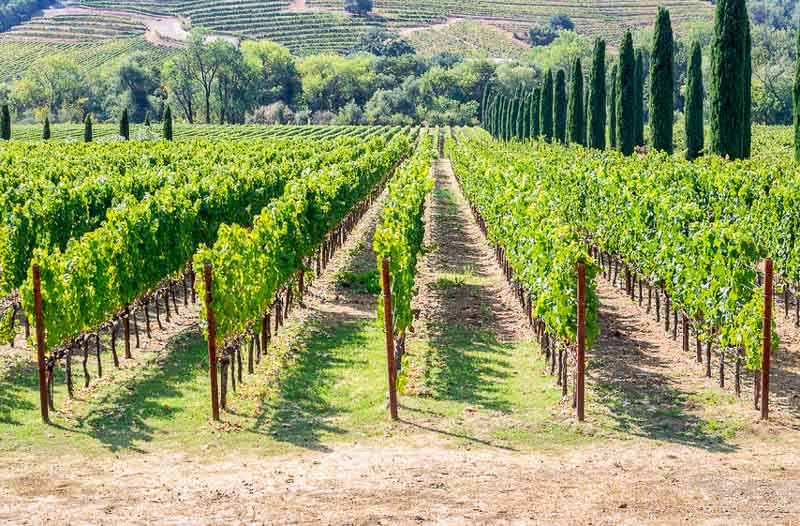California Native Plants: Expert Tips for Gardening Success
Gardening with native plants can transform your outdoor space into a thriving, low-maintenance landscape while supporting local ecosystems. In California, the diverse climatic zones nurture a vast array of native plant species. Here are some picks and tips for success:
- Seaside Daisy (Erigeron glaucus): This delightful perennial showcases cheerful purple flowers and thrives in coastal regions with well-draining soil.
- California Buckeye (Aesculus californica): A deciduous tree that boasts fragrant white flowers in spring and large, glossy seed capsules in the fall.
- Maidenhair Fern (Adiantum aleuticum): This delicate fern is a great choice for shady spots and offers a beautiful contrast to more robust, sun-loving natives.
- California Fuchsia (Epilobium canum): Known for its vibrant red-orange flowers that attract hummingbirds, this plant is drought-tolerant and thrives in well-draining soil.
- Coyote Brush (Baccharis pilularis): A durable evergreen shrub, coyote brush tolerates poor soil and harsh coastal conditions, and its flowers attract a variety of insects.
Implement these expert tips to cultivate native Californian plants:
- Soil Preparation: Incorporate organic matter to improve soil structure, and consider soil pH, as some native plants prefer slightly acidic conditions.
- Mulching: Apply a thick layer of organic mulch around plants to retain moisture, suppress weeds, and regulate soil temperature.
- Avoid Over Fertilization: Native plants are adapted to local soil conditions and usually don’t require additional fertilization. Over-fertilizing can lead to excessive growth and increased water needs.
- Pest Control: Encourage beneficial insects and birds that naturally control pests. If needed, use environmentally friendly pest control methods.
Remember, patience is essential when growing native plants. They might take a little time to get established, but the result is a resilient, water-efficient, and wildlife-friendly garden.

